In the animal kingdom, danger often lurks in unexpected corners. While lions and sharks get all the attention, there are other creatures quietly capable of causing harm to humans. These animals might not seem menacing at first glance, but underestimating them can be a mistake. From tiny insects to seemingly harmless fish, the world is full of surprises. Here are 15 animals you probably didn’t know could potentially be deadly.
1. The Tiny Mosquito
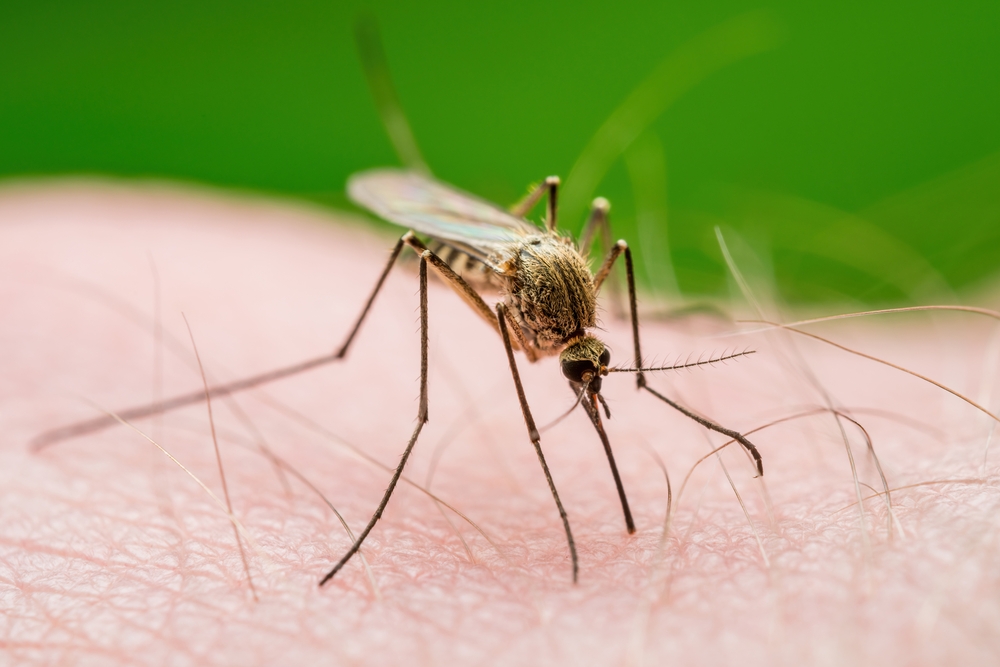
Most people think of mosquitoes as irritating pests, but they’re much more than that. These little insects are actually one of the deadliest animals on the planet. Mosquitoes are vectors for numerous diseases, including malaria, dengue fever, and Zika virus. Their ability to transmit these infections can lead to severe illnesses and even death in humans. Despite their small size, mosquitoes have a massive impact on global health, reminding us that danger doesn’t always come in large packages. Next time you hear that buzzing, remember: it’s not just annoying—it’s potentially deadly.
2. The Innocuous Cone Snail
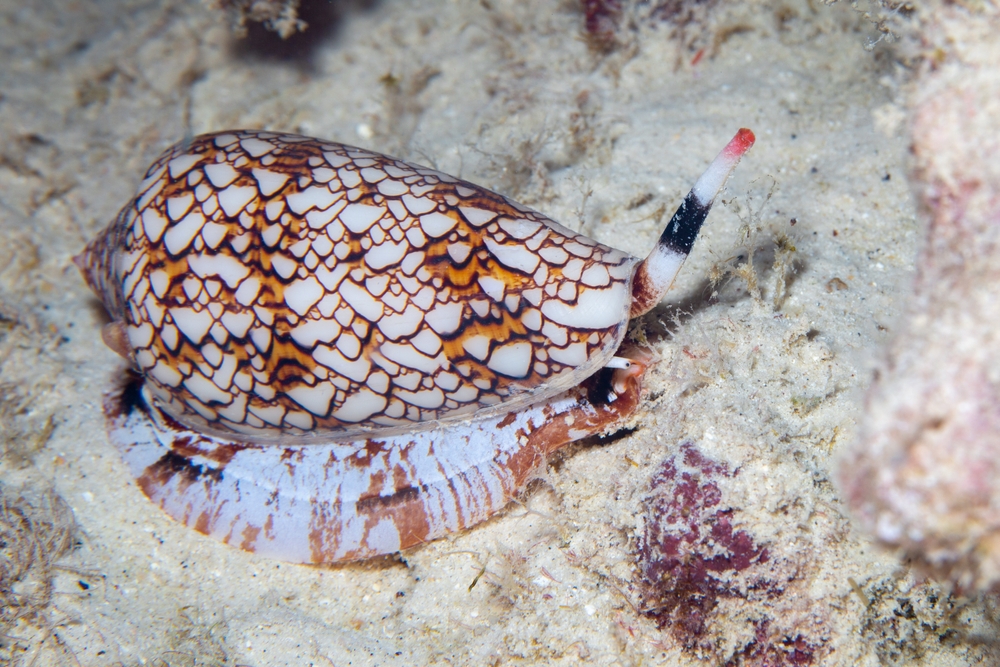
When strolling along a beach, you might be tempted to pick up a pretty shell, but beware of the cone snail. Hiding within its beautiful exterior is a creature armed with a venomous harpoon. The cone snail’s sting can be dangerous, as its venom contains complex toxins that can lead to paralysis or even death. Despite their slow movement, these snails pack a punch, proving that appearances can be deceiving. Handling them carelessly could result in a painful and potentially lethal encounter.
3. The Surprising Hippopotamus
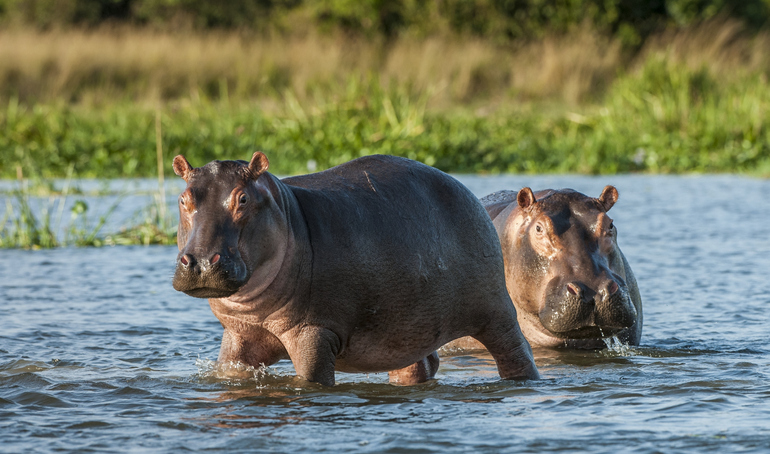
Hippos might seem like docile giants lounging in African rivers, but they’re anything but peaceful. They are, in fact, responsible for more human fatalities in Africa than lions. With their massive size and powerful jaws, hippos can be highly aggressive, especially when they feel threatened. Their territorial nature and surprising speed make them formidable adversaries. In the water, where they feel most at home, they can easily overturn boats and attack unsuspecting human visitors, making them truly dangerous neighbors in their native habitat.
4. The Cunning Cassowary
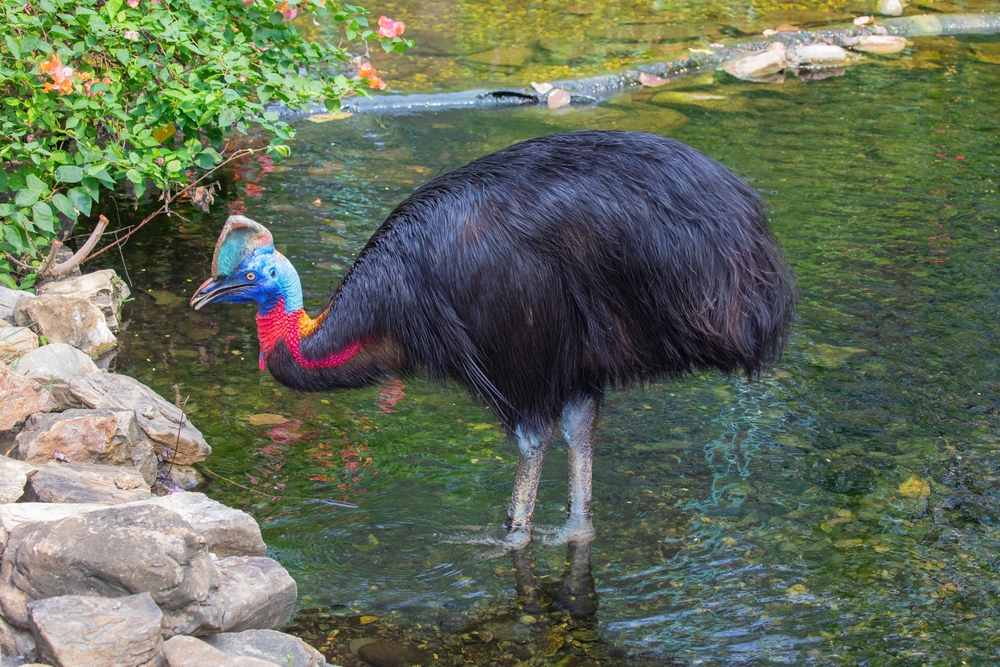
At first glance, the cassowary resembles a colorful, oversized turkey, but don’t let its appearance fool you. Native to Australia and New Guinea, this large bird is considered one of the world’s most dangerous. Known for its powerful legs and sharp claws, a cassowary can inflict serious injuries if provoked. Their aggressive nature and ability to run and jump at high speeds make encounters risky. Although attacks on humans are rare, cassowaries demand respect and caution, especially if they feel cornered or threatened.
5. The Unassuming Box Jellyfish
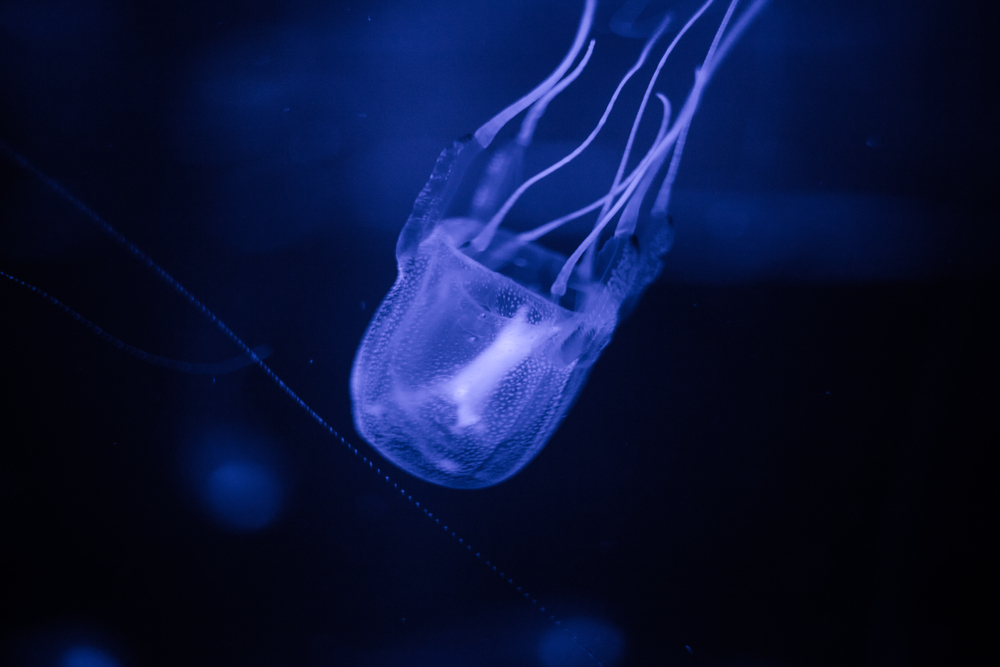
Swimming in tropical waters can be a blissful experience, but the presence of box jellyfish turns it into a hazard. These transparent creatures, found primarily in the Indo-Pacific region, possess venom that is incredibly potent. A sting from a box jellyfish can cause intense pain, heart failure, and even death. Their tentacles are nearly invisible in the water, making them difficult to avoid. As you enjoy the ocean’s beauty, remember that sometimes the most dangerous creatures are the hardest to see, lurking just beneath the surface.
6. The Aggressive Ostrich
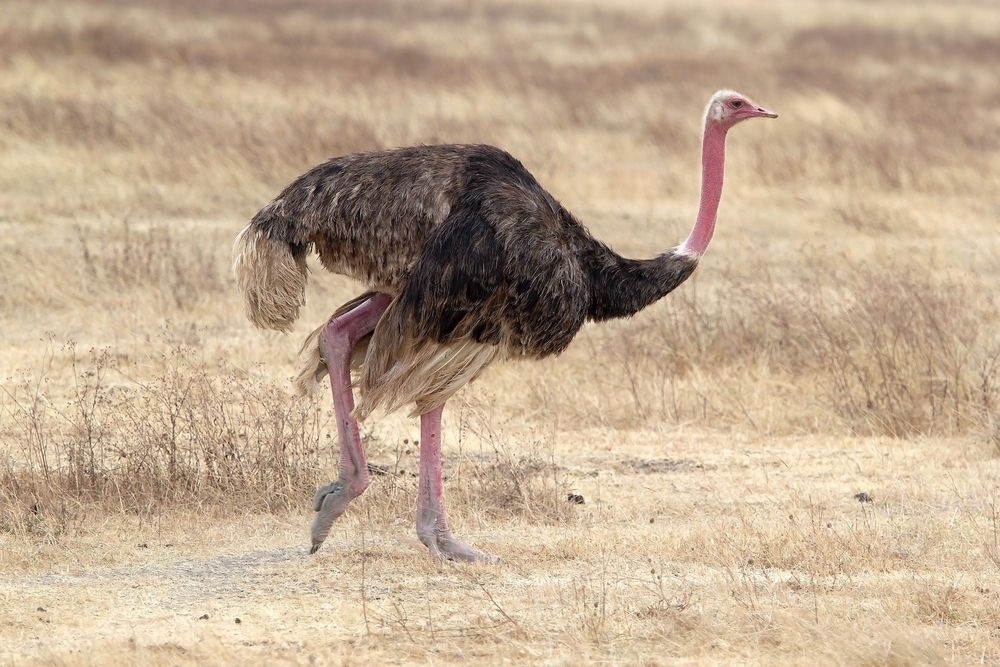
Most people view ostriches as quirky, flightless birds, but they can be surprisingly dangerous. Standing up to nine feet tall, these birds have a powerful kick capable of inflicting serious harm. Ostriches are known to attack when they feel threatened, using their sharp claws as formidable weapons. On farms or in the wild, it’s wise to keep a safe distance from these birds. Despite their goofy appearance, ostriches are not to be underestimated, especially when they perceive a threat to themselves or their offspring.
7. The Stealthy Black Mamba
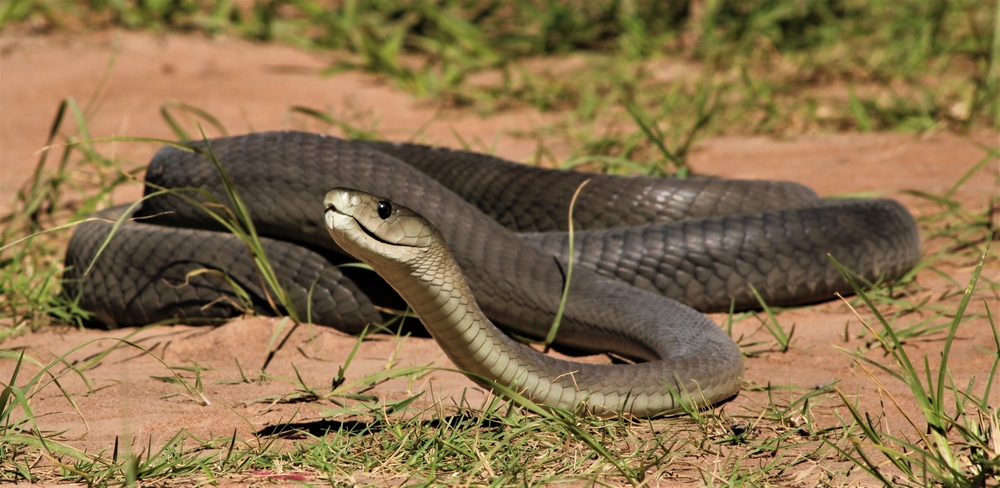
The black mamba, native to parts of Africa, is one of the world’s most venomous snakes. Known for its speed and potent venom, a bite from a black mamba can be fatal if not treated promptly. These snakes are shy by nature, but they can become aggressive when cornered. Despite their name, black mambas are brownish in color, making them hard to spot in their natural habitat. Their reputation for being deadly is well-earned, and they serve as a reminder of how dangerous some snakes can be.
8. The Unexpected Pufferfish
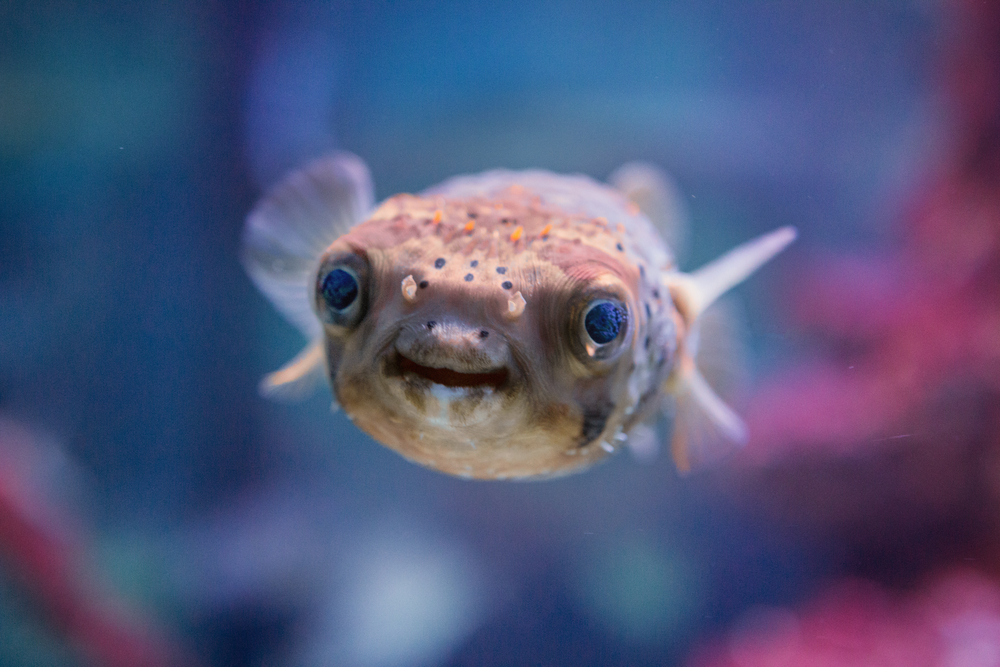
Pufferfish might look cute and harmless with their balloon-like appearance, but they’re actually quite dangerous. Found in oceans around the world, these fish contain a toxin called tetrodotoxin, which is highly potent and can be deadly to humans if ingested. Known as fugu in Japan, pufferfish is considered a delicacy, but it requires careful preparation by trained chefs. Just a small mistake can lead to lethal consequences. These fish prove that even the most amusing animal can harbor a deadly secret.
9. The Deceptive Blue-Ringed Octopus
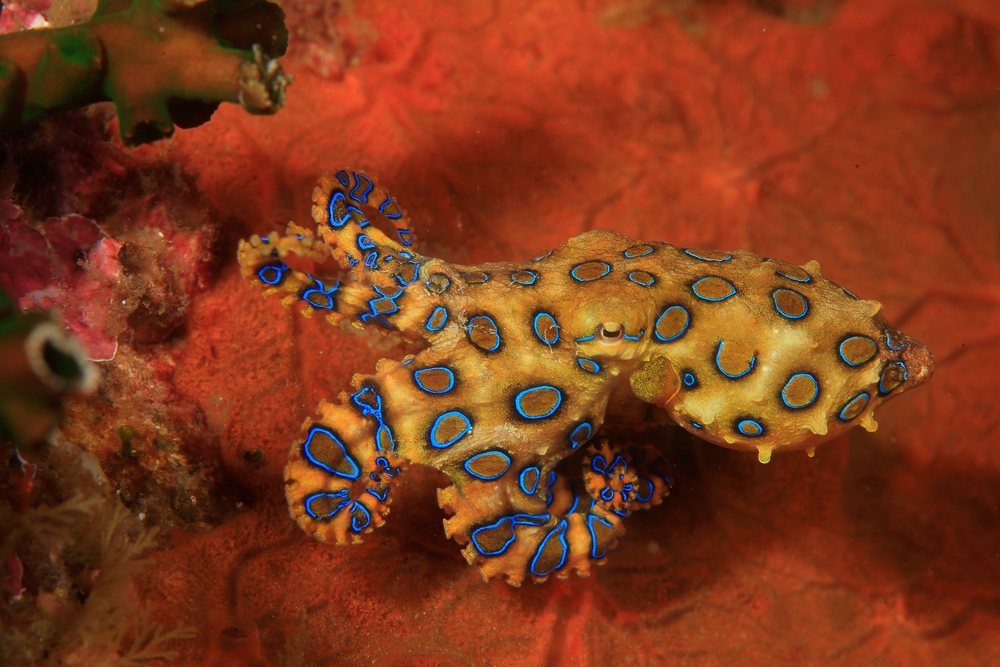
The blue-ringed octopus, found in the Pacific and Indian Oceans, is a small but incredibly dangerous sea creature. Recognized by its vibrant blue rings, this octopus holds venom potent enough to kill humans. Despite its size, the blue-ringed octopus can deliver a powerful toxin that leads to paralysis and respiratory failure. There is no known antivenom, making encounters particularly hazardous. These fascinating creatures are a stark reminder of the ocean’s hidden dangers and the importance of respecting marine life.
10. The Surprising Beaver
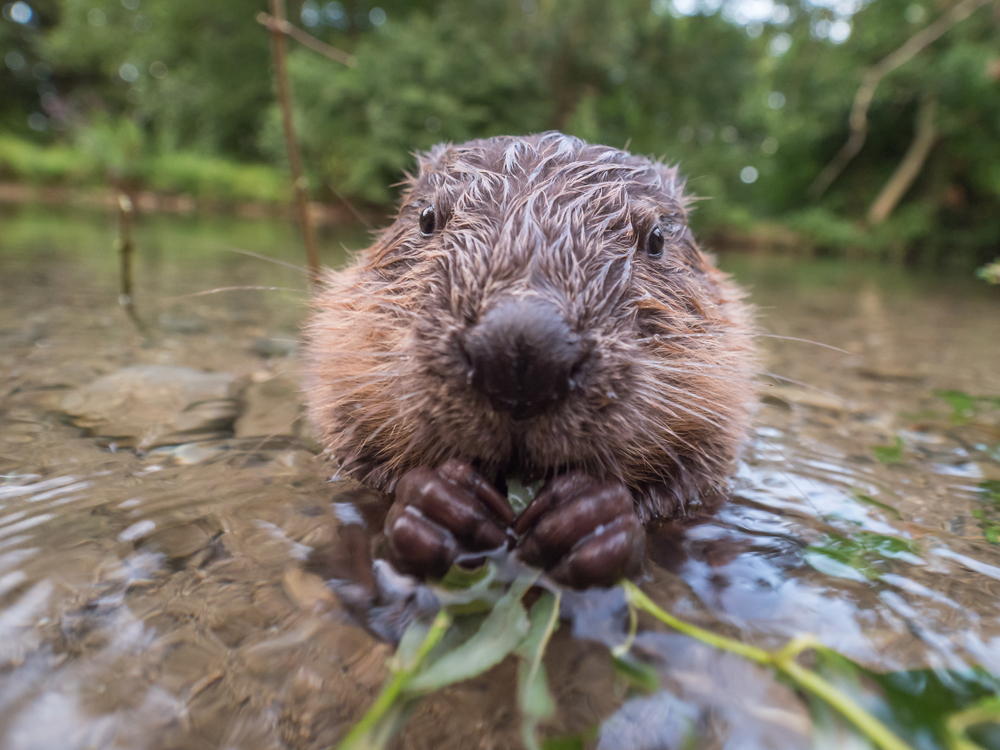
Beavers are often seen as industrious builders of the animal world, but they can be dangerous when threatened. Their sharp teeth, used for cutting down trees, can also inflict serious injuries on humans. Beavers are highly territorial and will defend their homes aggressively. While attacks are rare, it’s important to approach them with caution, especially in the wild. As benign as they seem, beavers remind us that even the most seemingly gentle animals can pose a threat under certain conditions.
11. The Fierce Honey Badger
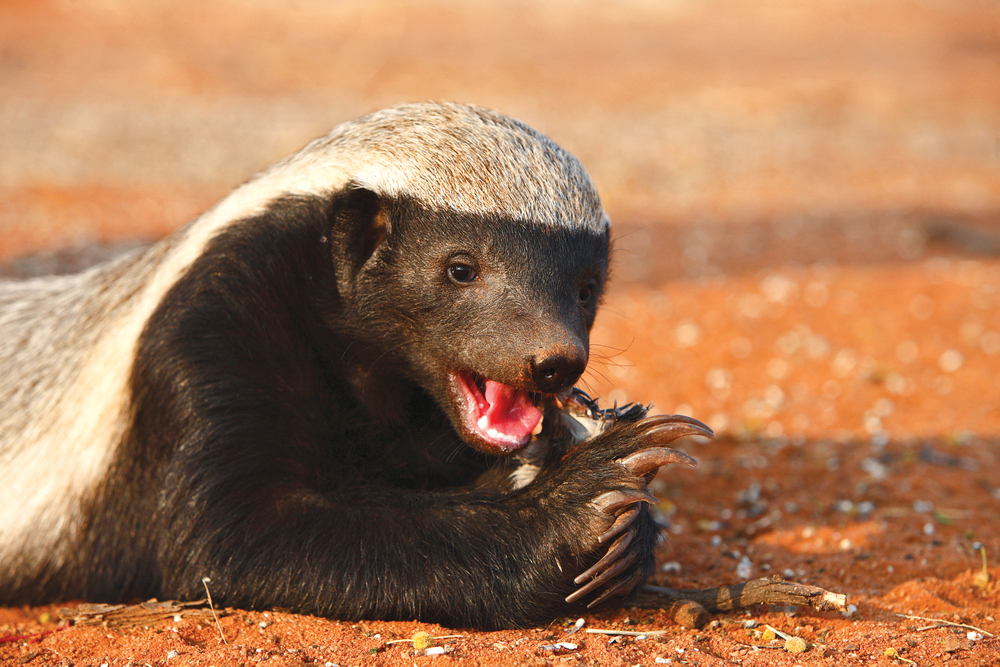
Honey badgers are renowned for their fierce nature and fearless attitude. Found in Africa and parts of Asia, these small mammals won’t hesitate to confront larger predators. They possess sharp claws and strong jaws, allowing them to defend themselves effectively. While honey badgers rarely attack humans, their aggressive nature and potent defense mechanisms make them potentially dangerous. Their ability to fend off threats much larger than themselves is a testament to their reputation as one of the most fearless creatures in the animal kingdom.
12. The Territorial Swans
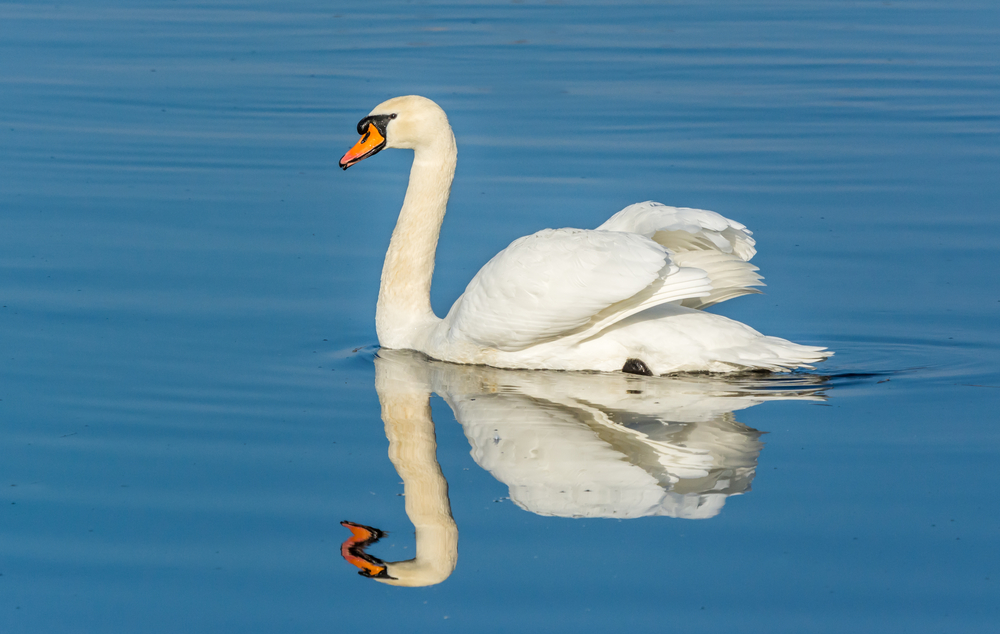
Swans may be synonymous with grace and beauty, but they can be surprisingly aggressive, especially during nesting season. These birds are highly protective of their young and can become territorial when they perceive a threat. With strong wings and a powerful beak, swans can inflict painful injuries. While they rarely cause serious harm, it’s wise to give them space and avoid provoking them. Swans remind us that even the most elegant creatures have a fierce side, especially when it comes to protecting their families.
13. The Unpredictable Kangaroo
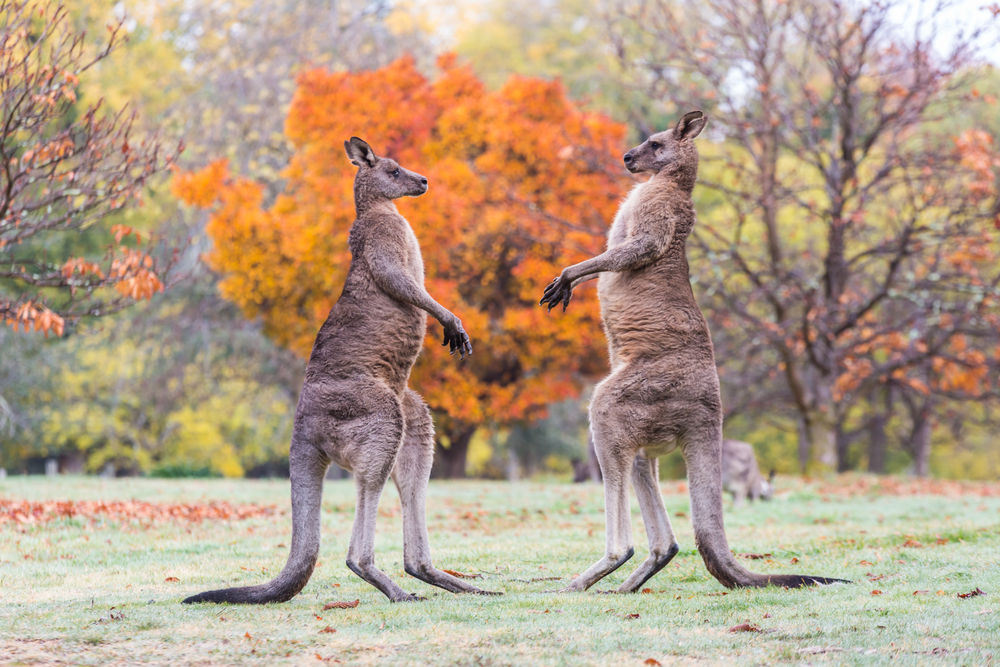
Kangaroos are often depicted as friendly, hopping marsupials, but they can be dangerous under certain circumstances. Male kangaroos, known as boomers, can become aggressive during mating season. They have powerful legs and can deliver strong kicks capable of causing serious injury. While attacks on humans are uncommon, kangaroos should be treated with respect, especially in the wild. Their size and strength make them formidable, and approaching them too closely can lead to unexpected encounters that remind us of their wild instincts.
14. The Territorial Cape Buffalo
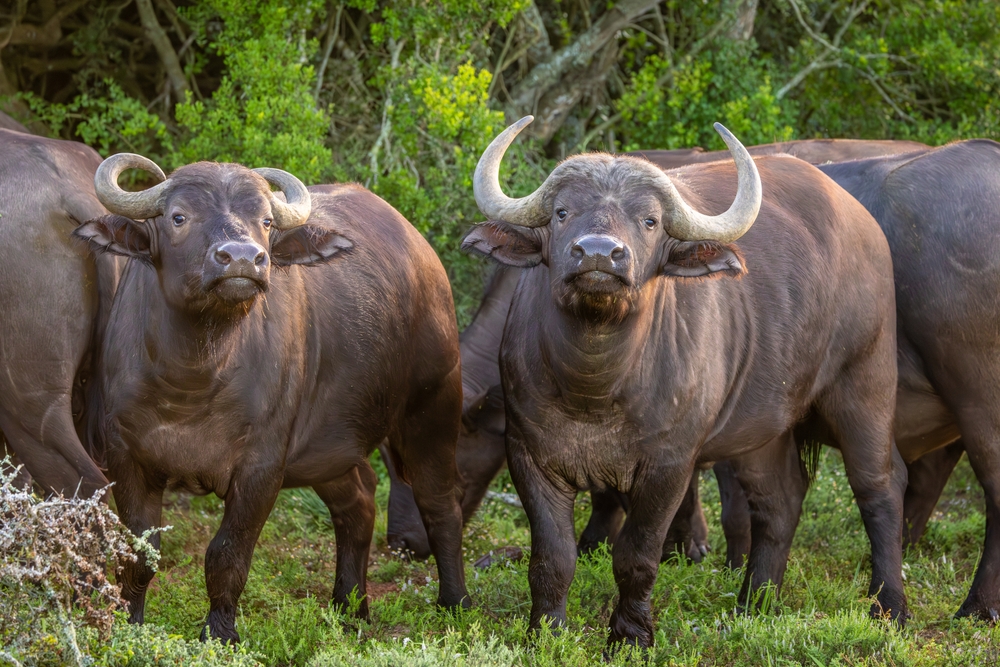
Cape buffalo, often referred to as “Black Death” in Africa, are known for their unpredictable and aggressive nature. Weighing up to 1,500 pounds, these massive creatures have sharp horns and are not to be underestimated. They are known to charge when threatened and have been responsible for numerous hunter fatalities. Cape buffalos travel in herds, and a disturbance can lead to a stampede. Their seemingly calm demeanor can quickly turn into aggression, making them one of the most dangerous animals on the African continent.
15. The Underestimated Slow Loris
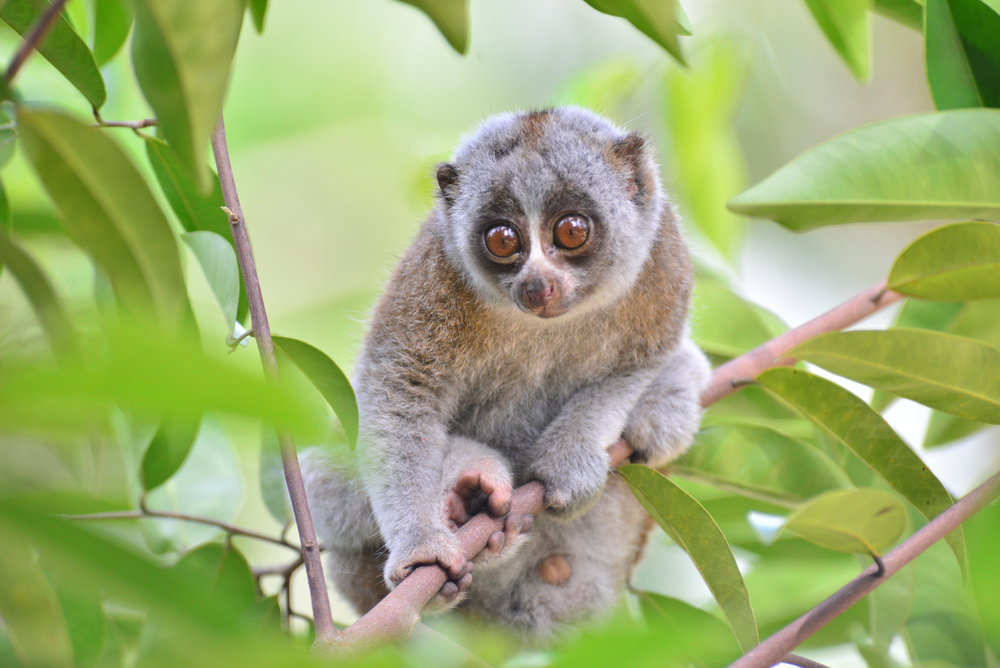
These adorable primates, with their big eyes and slow movements, might seem harmless, but they possess a toxic bite. Found in Southeast Asia, slow lorises have venomous glands on their elbows, which they lick and mix with their bite. This venom can cause severe allergic reactions in humans. While they are not naturally aggressive, handling them carelessly can provoke a defensive bite. Slow lorises serve as a reminder that appearances can be deceiving, and even the cutest animals can harbor hidden dangers.
